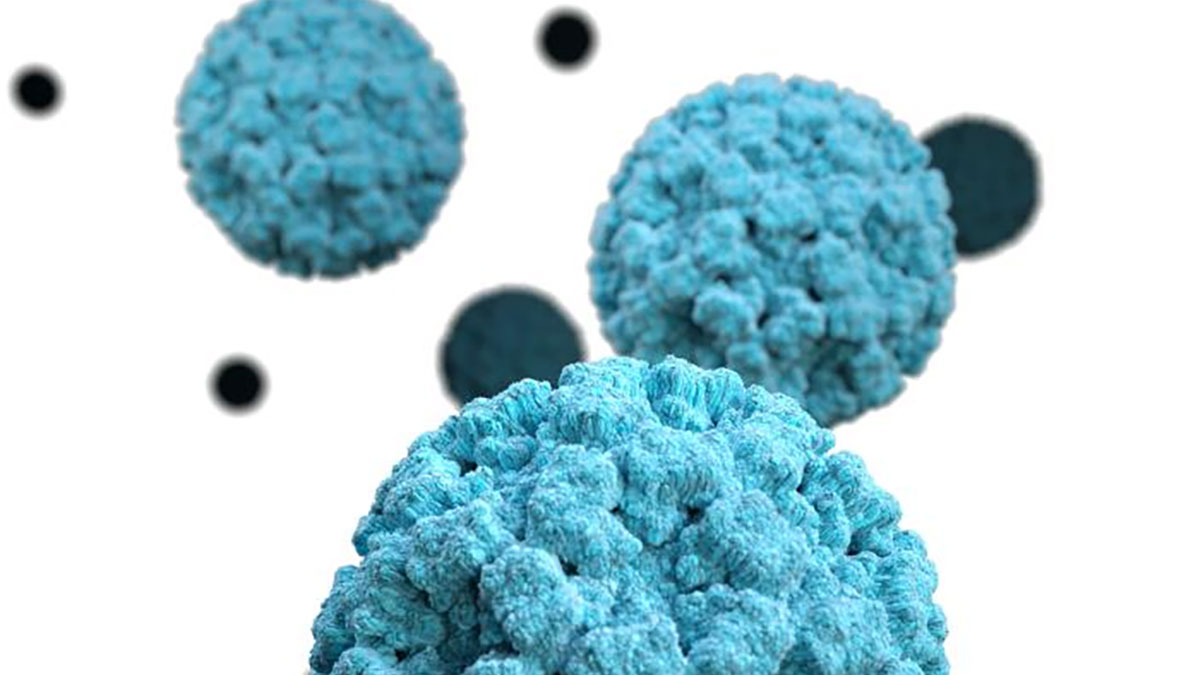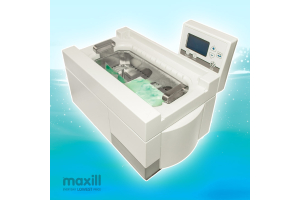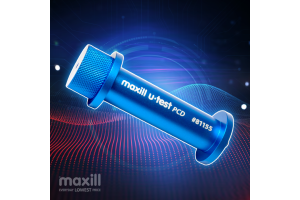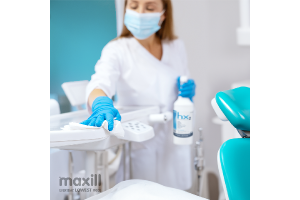Virus Facts: Norovirus

Image is taken from https://www.cdc.gov/norovirus/about/index.html
VIRUS FACTS
VIRUS
(HUMAN) NOROVIRUS (aka Norwalk virus, Cruise ship virus, Stomach flu)
SOURCES OF CONTAMINATION
Common: Fecal-oral route, person to person contact, surface to person
Other: From water, food or even the air
STATISTICS
Norovirus:
- Is a small non-enveloped virus (27 nanometers); moderately to highly resistant to inactivation
- Worldwide infections number greater than 680 million recorded cases annually, with 200,000 deaths (from 2015 data)
- Is a very persistent virus in the environment (water and environmental surfaces)
- Has a low multiplicity of infection: It does not take a lot of viral particles to cause an infection (as low as 18 viral particles)*
- Infection is long lasting even after a patient has recovered (greater than 1 week with 100,000 to 1 x 1012 viral particles per 1 g of stool from patient).
- Infections are the most common cause of diarrhea worldwide.
- easily spreads through daycare centers; very popular sites of transmission if not well managed.
VACCINE STATUS
There is no vaccine, because it is very difficult to propagate the virus in a lab setting.
INCUBATION AND RECOVERY
Incubation: 12 to 48 hours, with fast onset of deteriorating well-being.
Symptoms: nausea, acute-onset vomiting, and watery, non-bloody diarrhea with abdominal cramps. In addition, myalgia, malaise, and headache are commonly reported. Low-grade fever is present in about half of cases. Dehydration is the most common complication and may require medical care and monitoring. Therefore, drink plenty of water to prevent dehydration. Symptoms usually last 24 to 60 hours. Up to 30% of infections may be asymptomatic.
CLEANING/DISINFECTING
WIPING-UP:
Wiping is important to liberate the viral particles and suspend them in the strata to be discarded. The following disinfectants will inactivate norovirus on the surface and within the strata of the wipe.
EFFECTIVE DISINFECTANTS (based on investigative research and GLP testing)
- 0.1% - 0.5% Sodium Hypochlorite solutions (65 mL to 325 mL of bleach product into a gallon of water)
- Ethanol > 29% at pH >12.8 effective at 30 seconds.
- tb minuteman NEX GEN (Canada)
- mycolio DISINFECTANT wipes and Spray (U.S.)
- hx2 Disinfectant and hx2 Disinfectant Wipes (1 minute) (Canada)
EFFECTIVE HAND SANITIZERS
Traditional Alcohol Hand Sanitizers are INEFFECTIVE. Alcohol (at 70% optimal concentration) is ineffective against Norovirus.
PREVENTION
*Break any habits of touching/rubbing/scratching the mouth or face with the hands.
Patients and caregivers must be proactive in preventing transmission of any virus to other people by keeping themselves and the bathroom clean and by effectively disinfecting environmental surfaces. How often? Clean and disinfect high risk areas/surfaces after (potential) contamination OR at least three times daily.
Contaminated hands are a very common route of transmission to an unsuspecting victim. Using examination gloves routinely in high risk and outbreak areas is essential.
Beware of only using hand sanitizers throughout the day because this habit leads one into a false sense of security against contracting Norovirus.
Hygiene theater doesn’t cut it! Vigorously and thoroughly wash hands using water and soap (from a dispenser) after being subjected to a contaminated person/surface or after going to the bathroom. Follow the Happy Birthday hand washing rule when lathering and rubbing all surfaces including cuticles and interdigital spaces. Then rinse away all the lather that is holding the suspended organisms. Wipe the hands dry with a clean sanitary towel or disposable towel. Keep hands moisturized to prevent drying out and cracking. Broken skin provides a route of entry for any pathogens.
Key Sources of Information:
Norovirus in Healthcare Facilities Fact Sheet (CDC, 2011)
https://www.cdc.gov/hai/pdfs/norovirus/229110-anorocasefactsheet508.pdf
The Value of Wiping (Vincent Racaniello, 2022)
https://www.youtube.com/watch?v=5RwSj1N0MM4
maxill® is Here to Help!
Talk to a maxill representative about our selection of examination gloves, disinfectants and hand soaps to help manage patient care and environmental surfaces during Norovirus infections or outbreaks.






